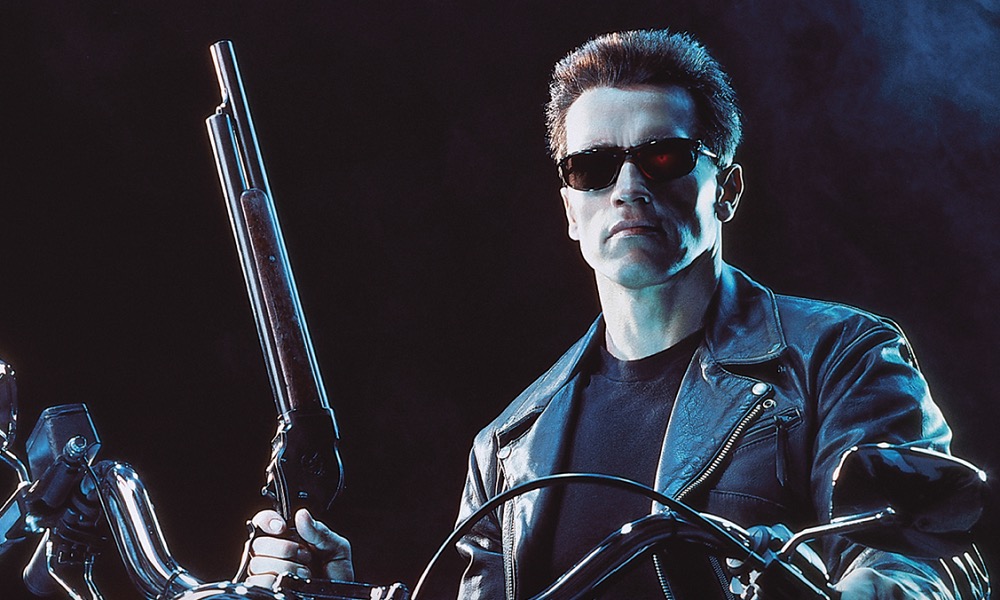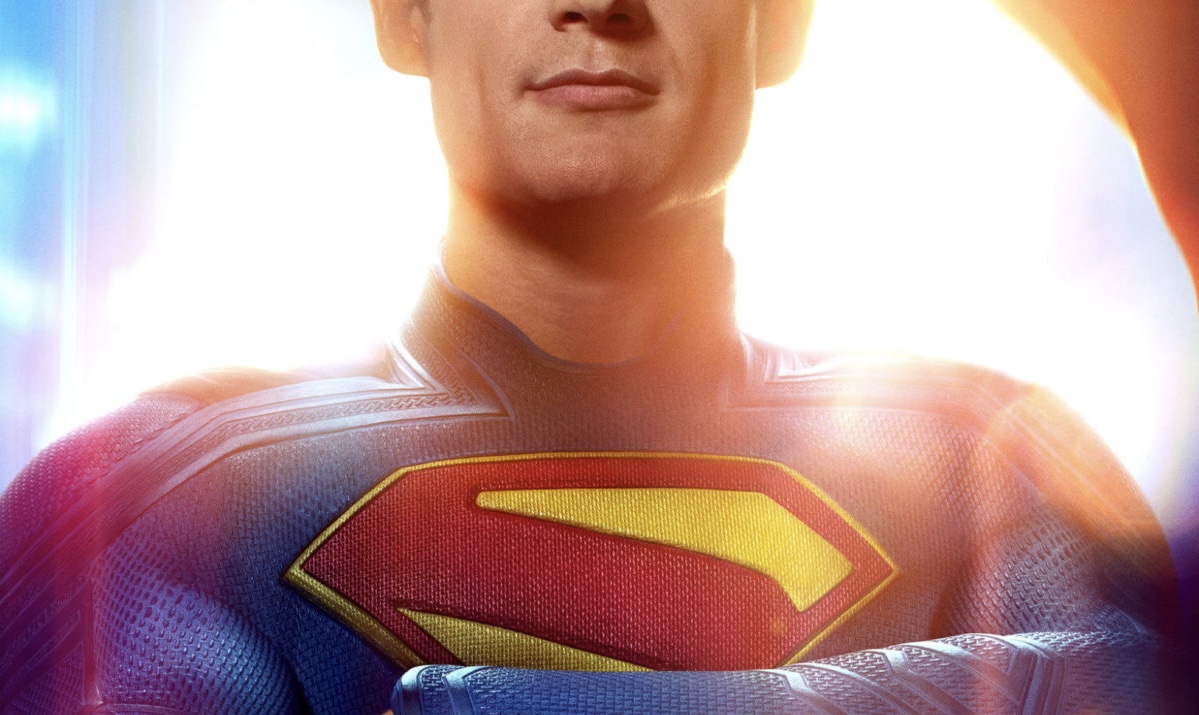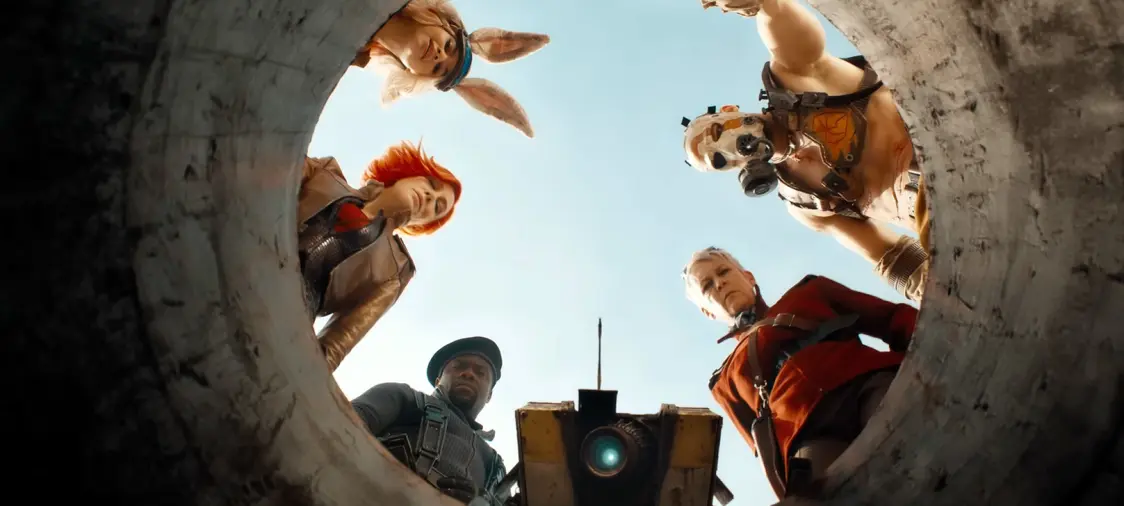In the realm of cinematic excellence, few films achieve the status of being considered the greatest in their genre. One such masterpiece that has stood the test of time and continues to captivate audiences is Terminator 2: Judgment Day. Released in 1991 and directed by James Cameron, this action extravaganza not only redefined the possibilities of special effects but also set a new standard for storytelling and character development within the action genre. In this retrospective, we embark on a journey to explore why Terminator 2 is hailed as the greatest action movie ever, examining its impact, innovations, and enduring legacy.
Before delving into the brilliance of Terminator 2, it’s essential to acknowledge the foundation laid by its predecessor, The Terminator (1984). James Cameron’s original vision introduced audiences to the dystopian future ruled by sentient machines and the relentless killing machine, the Terminator, played by Arnold Schwarzenegger. The success of “The Terminator” paved the way for its groundbreaking sequel, setting the stage for an epic continuation of the saga.
James Cameron, known for his visionary approach to filmmaking, elevated the action genre with Terminator 2: Judgment Day. As a director, writer, and innovator, Cameron pushed the boundaries of what was achievable in action cinema. His commitment to storytelling, character depth, and groundbreaking special effects marked a turning point in the evolution of the genre.
Terminator 2 is often credited as a pioneer in the use of computer-generated imagery (CGI) in mainstream cinema. The film’s seamless integration of groundbreaking visual effects, supervised by Stan Winston and Industrial Light & Magic, brought the liquid metal T-1000, portrayed by Robert Patrick, to life. The morphing abilities of the T-1000 represented a technological leap, showcasing the potential of CGI in storytelling and forever changing the landscape of visual effects.

One of the most striking aspects of Terminator 2 is the transformation of Arnold Schwarzenegger’s T-800 from a menacing antagonist in the first film to a heroic figure. The decision to cast the Terminator as a protector, rather than a relentless killer, added layers of complexity to the character. Schwarzenegger’s performance, characterized by his stoic yet nuanced portrayal, contributed to the film’s emotional depth and resonated with audiences.
Linda Hamilton’s return as Sarah Connor is nothing short of a tour de force. Her portrayal of Sarah’s transformation from a vulnerable woman to a battle-hardened warrior fueled by determination and fearlessness is a testament to Hamilton’s acting prowess. The depth and complexity given to Sarah Connor’s character in Terminator 2 elevated her to the status of one of cinema’s iconic heroines.
Edward Furlong’s debut as John Connor, the future leader of the resistance, added a crucial dynamic to the film. Furlong’s naturalistic performance captured the essence of a teenager thrust into an apocalyptic conflict, providing a relatable anchor for the audience. The chemistry between Furlong, Schwarzenegger, and Hamilton formed the emotional core of the narrative.

Terminator 2 is renowned for its pulse-pounding chase sequences that set a new standard for action choreography. The motorcycle chase on the Los Angeles River, the truck pursuit, and the final confrontation in the steel mill are masterfully crafted set pieces that showcase the film’s relentless pacing and adrenaline-pumping intensity. Each sequence is a symphony of practical effects, stunt work, and visual storytelling.
The sonic landscape of Terminator 2 is enriched by Brad Fiedel’s iconic score. Fiedel’s use of electronic elements and symphonic arrangements amplifies the tension and emotion woven into the narrative. The film’s main theme, with its haunting melody, has become synonymous with the Terminator franchise and remains etched in the minds of audiences.
Beneath the spectacle of action, Terminator 2 grapples with profound themes of humanity, morality, and the consequences of unchecked technological advancement. The juxtaposition of the T-800’s evolving humanity and the cold, relentless efficiency of the T-1000 raises ethical questions about the intersection of man and machine. The film’s exploration of fate, free will, and the impact of our choices adds layers of intellectual engagement to the visceral excitement.
Terminator 2: Judgment Day achieved the rare feat of earning both critical acclaim and box office success. The film’s staggering $520 million worldwide gross, coupled with accolades including four Academy Awards, solidified its status as a cultural phenomenon. Its impact rippled across the film industry, influencing subsequent action blockbusters and inspiring a new era of filmmaking.

As we reflect on the unparalleled brilliance of Terminator 2: Judgment Day, it becomes evident that the film’s legacy is not confined to its era. More than three decades since its release, the movie continues to be celebrated as the pinnacle of action cinema. Its innovative use of CGI, emotionally resonant characters, and thought-provoking themes have left an indelible mark on the cinematic landscape.
Terminator 2 is not merely a film; it is a cultural touchstone, a testament to the possibilities of storytelling, and a timeless testament to the artistry of James Cameron and his collaborators. As new generations discover the film and experience its visceral impact, Terminator 2: Judgment Day stands as a beacon of excellence, forever etched in the annals of cinematic history as the greatest action movie ever made.




